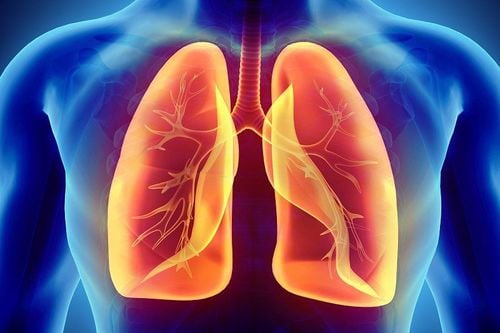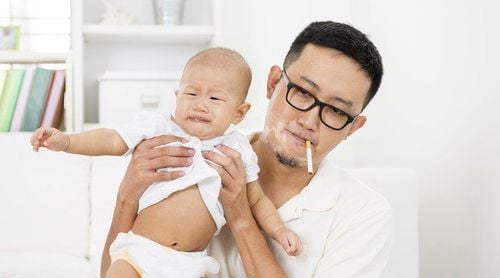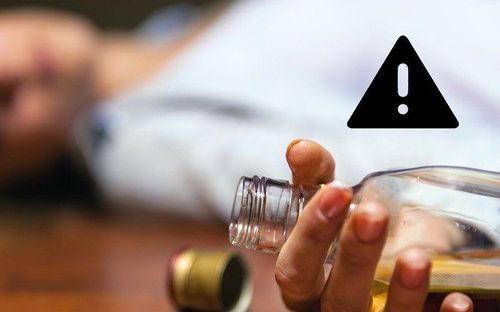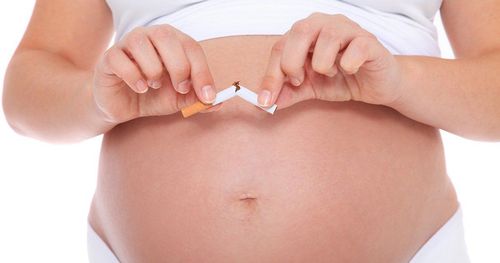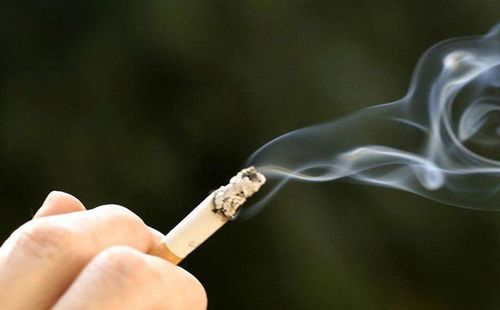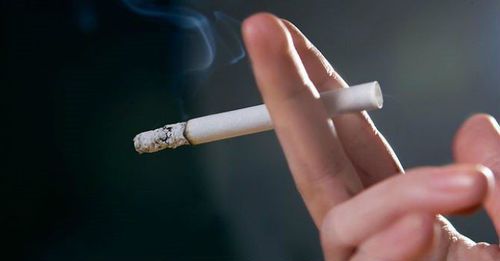This is an automatically translated article.
There is no safe level of exposure to secondhand smoke, and even short-term exposure to tobacco smoke can be harmful to human health. The health risks are higher with greater exposure to secondhand smoke.1. Smoke and disease
Even if you don't smoke, you still breathe in smoke. Secondhand smoke can come from:Other people smoke From cigarettes, cigars If you don't smoke but still inhale the smoke it is called passive smoking or involuntary smoking, secondhand smoke pollution . Tobacco smoke contains many harmful substances, including:
Organic Compound Benzopyrene Lead Carbon monoxide Arsenic Ammonia Organic Compound Formaldehyde Cyanide Some of these toxic substances enter the lungs and bloodstream from the air, increasing the risk of disease disease of many people.
Research shows that living with a smoker increases the risk of lung cancer by 20%-30%. Research also shows that exposure to secondhand smoke can increase the risk of other cancers by at least 30%. These may include certain types of cancer such as cervical cancer, kidney cancer, oropharyngeal cancer, rectal cancer, and brain tumours.
Passive smoking also causes other health problems, including asthma and heart disease. The following people are at risk for more serious health effects from secondhand smoke:
Pregnant women Children Elderly people People with respiratory or heart conditions Exposure to tobacco smoke causes pneumonia, increased health-related problems.

Khói thuốc lá ảnh hưởng nghiêm trọng tới sức khỏe trẻ em
2. Health risks of secondhand smoke for children
Passive smoking is not safe for babies and children because their bodies and lungs are still maturing and developing. Children exposed to secondhand smoke are at increased risk for the following:Ear infections Asthma Lung infections such as bronchitis and pneumonia Cough and wheezing Sudden infant death syndrome (SIDS) Research also showed another link between secondhand smoke and children's mental health. Examples are: Increased risk of mental health problems and learning problems in children; Increased risk of smoking
3. Avoid cigarette smoke
Some people think that opening a window or using a fan will prevent exposure to secondhand smoke. But studies show that the toxins from cigarette smoke don't go away. Secondhand smoke remains in hair, clothing, carpets and furniture. The only way to prevent exposure to secondhand smoke is to avoid places where smoking is common. Here are some ways to help you and your family out of smoke:If you smoke, quit. Don't smoke or don't allow people to smoke in your home or car, smoke outside Find restaurants that don't smoking Ask relatives not to smoke around your child

Nếu bạn hút thuốc, hãy bỏ thuốc lá!
Passive smoking is more dangerous than active smoking. Passive smoking has 3 to 4 times more harmful substances. Secondhand smoke can be present in all public areas and there is no particularly safe level of exposure to secondhand smoke.
Please dial HOTLINE for more information or register for an appointment HERE. Download MyVinmec app to make appointments faster and to manage your bookings easily.
Article referenced source: Webmd.com



